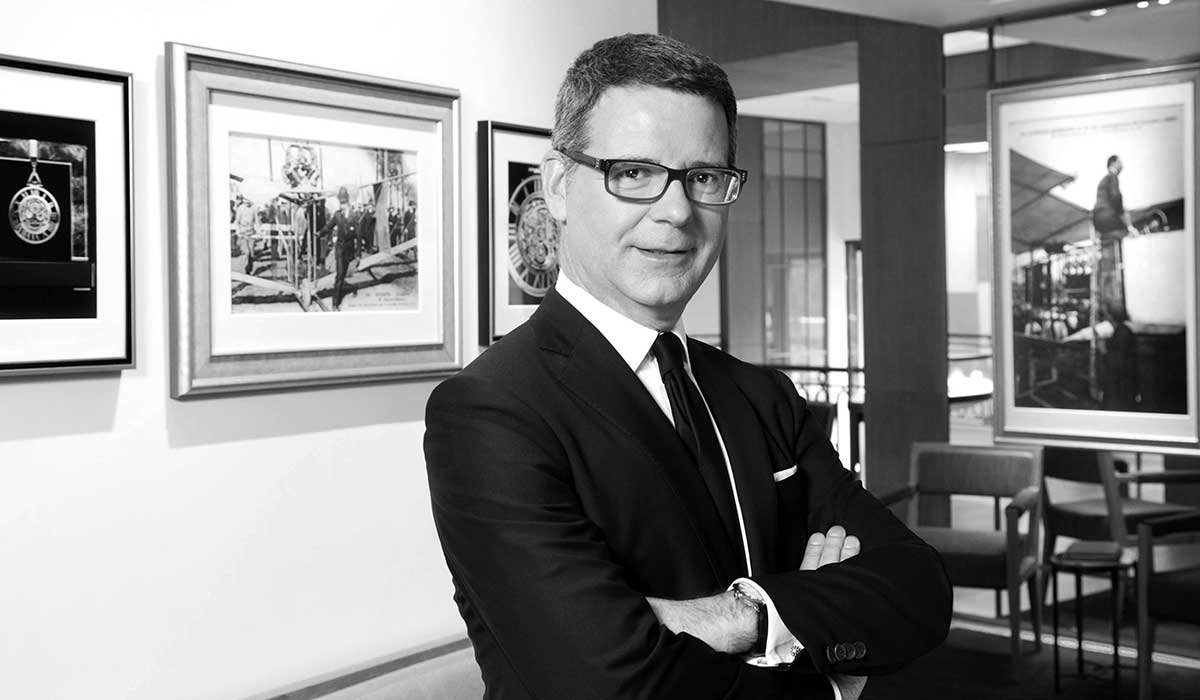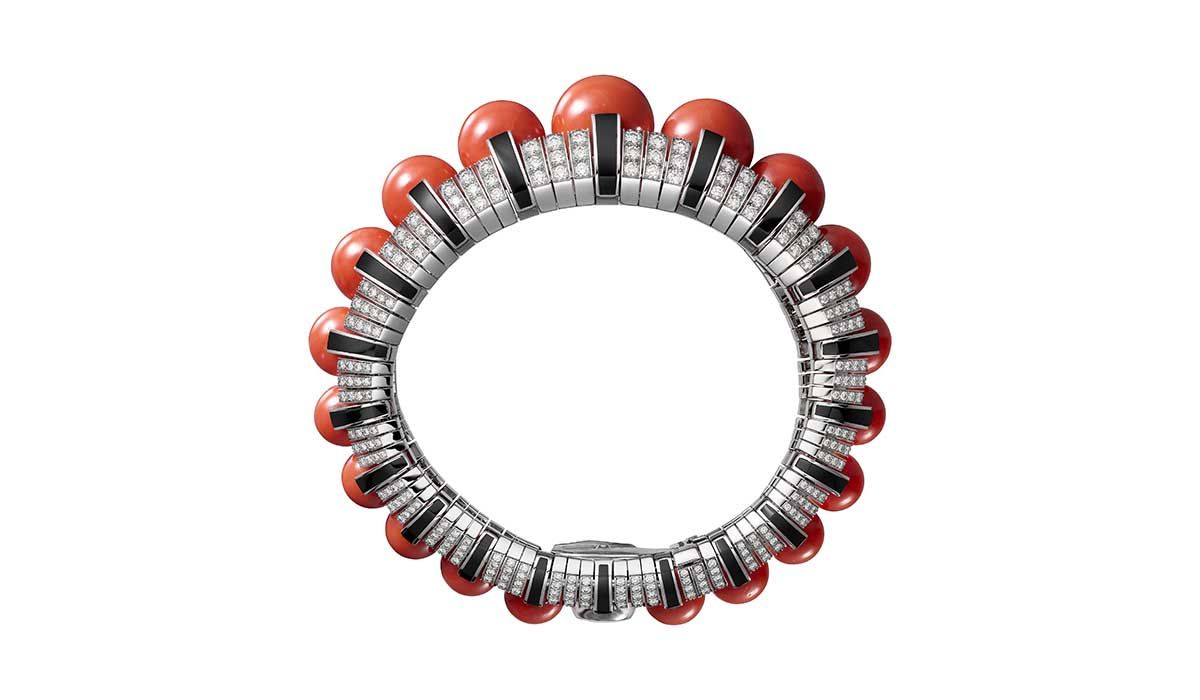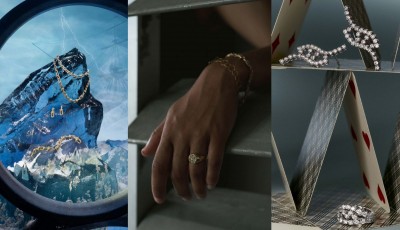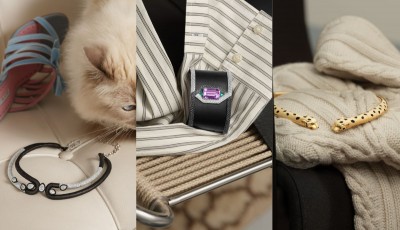The Why and How of Cartier
The value of historic archives and the culture of conservation at Cartier, explained by Pierre Rainero, Cartier’s Head of Heritage and Style.
Cartier has three historic archives in the world where they store documents, sketches and drawings from the artistic patrimony of the house. These things are very sensitive to climatic variations and are stored according to careful rules, including that the humidity must range between 30 and 50% and that the temperature must never go below 18-20 °C. But, unlike what one might have imagined, Cartier’s patrimony is not just located in the historic location in Paris, but also in London and New York, since 1902 and 1909 respectively, places where there were other creative teams. «To give you an idea of the numbers and value that the Heritage department represents for us (the store opened in Paris in 1853), it would be good to go back to the nineteenth century, all the way back to 1850 when we started preserving our first Cartier items,» explains Pierre Rainero, Head of Heritage and Style. «In the early 1970s, we opened the Archive department and in 1983, the Heritage department expanded to include the Collection section, while the section that held all the documentation – photos, articles, videos and catalogues – opened fifteen years ago.
It’s a world that revives the history of the brand through approximately 1,600 objects and forty thousand glass-plate slides, which have documented the evolution of our creativity, starting in the Twenties, with the Autochrome Lumière technique.» In the early Twenties, Cartier was the top jeweler in the world in terms of production and since then, the archives have been crucial to the support of the brand. Rainero continues, «When we call it Heritage, we mean it has an importance. Not only for Cartier but for the entire world. We are going through the first century of existence. We started in the mid-nineteenth century; we lived through all of the twentieth century and now we are starting the twenty-first. It is part of art history. We have a responsibility to the world in general to take care of our heritage. It’s a question of authentication, that we are the only ones who can authenticate our own production. Cartier was a pioneer. That was the idea of Louis Cartier who represents the third generation and who started working with his father in 1898, at twenty-three years old. He wanted to hire his own team of designers, and his idea was to create pieces that would be immediately recognizable as Cartier.







